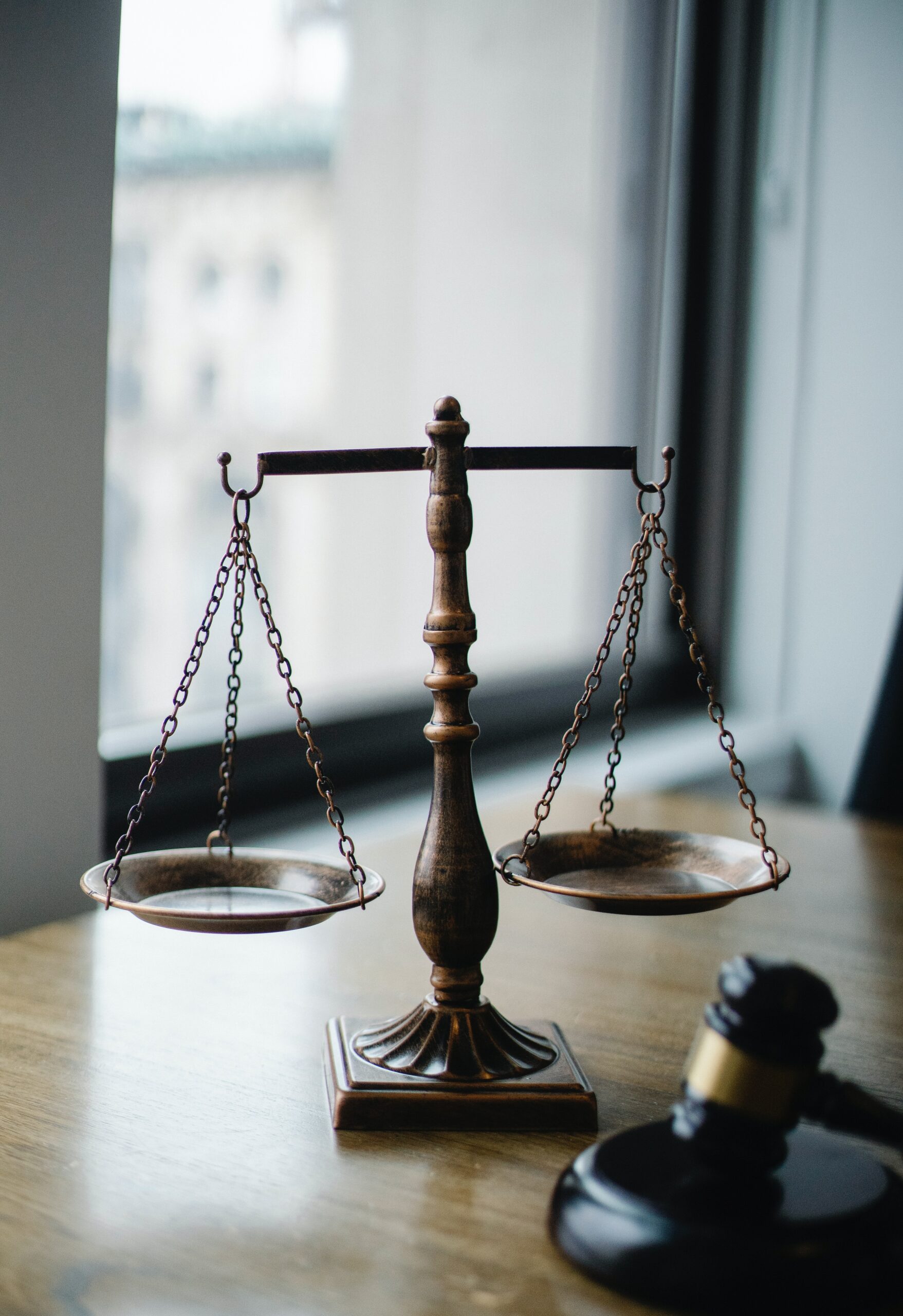The Pitfalls of Improper Copyright Registration
Copyright registration is relatively easy. The cost is not too high and the process of registration is comparatively fast. What many applicants don’t know is that the United States Copyright Office doesn’t scrupulously review many applications. As you may have guessed, that means a significant majority of copyrights are registered improperly! Avoid improper copyright registration!
Before we go further into improper copyright registration, let’s define what a copyright is and how it functions.
A copyright protects the expression of ideas as they exist in tangible form. So, if an artist, writer, or musician paints a picture, publishes a screenplay, or records a piece of music – the copyright projects these manifestations of the creator’s ideas. Other examples would be a logo, a clothing design, architectural plans, sculpture, choreography, a drawing, etc. When you register a copyright, that gives you exclusive rights. To copy, perform, print, publish, or film your given protected work as you wish.
Copyright Registration is Optional, But Not If You Want to Sue for Infringement
Because copyright only pertains to the expression of ideas, not simply ideas themselves, certain things can’t be copyrighted. Examples include titles of works, single words, slogans, simple shapes, short phrases, and names. Also, the law doesn’t require that anyone who creates something needs copyright registration. As a matter of fact, copyright protection is automatically granted to any original created work upon its creation. And because of that, no other person has the right to use that work or copy it.
Why apply for copyright registration if the existence of the work in tangible form is already protected upon its creation? To achieve the maximum level of intellectual property protection! With federal copyright registration, owners of the created work are granted the power to sue for infringement. If you don’t have registration, your options to file lawsuits for copyright infringement are limited. Check this out – copyright registration holders can claim up to $150,000 per infringement, known as statutory damages. That is, if the copyright registration is registered properly!
Inaccurate Copyright Registration Can Get Your Case Thrown Out
When a copyright registration is filed improperly and the creator sues for infringement, that can get the case thrown out. In order to reap the total benefits of copyright protection, the copyright must be properly registered before filing a lawsuit. If you want to sue for statutory damages and attorneys fees because of copyright infringement, your work must be registered prior to when the infringement occurs. And, the registration has to take place within a month (30 days) of when you became aware of the infringement. Or, if the work was published, no longer than three months after the first publication date.
Lots of folks register their own copyrights and believe everything is fine and dandy. Down the road, they become aware of someone else who has infringed on their copyrighted work. They file a case in federal court. Then, in six months the defendant may file a motion for a summary judgment. And provide evidence that the copyright was improperly registered. The case ends. While the plaintiff can register a new copyright, properly, all of their statutory damages ($150,000 per infringement) are lost. That means, the plaintiff can only go after actual damages. Often enough, actual damages amount to merely the cost of a license to use the work. That’s worth a few thousand dollars, at best.
Defendants Accused of Infringement Have to Prove the Copyright Registration is Invalid
The U.S. legal system presumes that your copyright registration is correct. In the event that you sue for infringement, the defendant accused of that infringement has to prove that the registration is incorrect. And that is entirely possible! Essentially, an improperly registered copyright means you can potentially lose hundreds of thousands of dollars if someone commits infringement on your work!
There are various intricacies that matter when it comes to invalidating a registered copyright. In 2022, a copyright infringement case made it to the Supreme Court. The fabric manufacturer Unicolors sued the clothing company H&M for infringement based on their copyright registration. The court determined that Unicolors failed to meet what’s known as the “single unit of publication” requirement when they filed their copyright application for 31 separate fabric designs.
The Copyright Office states that a single application can cover several works if those works were included in the same unit of publication. However, the court also determined that Unicolors was unaware of its failure to satisfy the single unit of publication requirement. And, that the copyright registration was valid because of the copyright statute called the “safe harbor provision” (17 U.S.C. § 411(b)(1)(A)). H&M appealed that decision, but the U.S. Supreme Court ultimately determined that the Copyright Act states a copyright registration is valid, even if it has inaccurate information, so long as the holder of that copyright lacked the “knowledge that it was inaccurate.”
Your Copyright Registration May Be Valid Even With Inaccurate Information
Basically, a certificate of copyright registration is valid even if it has inaccurate information, if the holder didn’t know the information was inaccurate. If the copyright holder had knowledge that there was inaccurate information in their copyright application or registration, then it can be invalidated.
Each case is different and the ability of a defendant accused of infringement to successfully argue that a copyright registration is invalid because it was improperly registered depends on the details!
Regardless, anyone who wants to avoid improper copyright Registration will probably benefit from consulting with an attorney. Copyright registration is an invaluable tool if your intellectual property is ever infringed upon. Proper registration gives holders protection up to 70 years after the author or creator is deceased. And, if the copyright holder is a business or anonymous name, the protection lasts 95 years from the publication date or 120 years after the date the work was created.
Consult With an Attorney Prior to Filing a Copyright Application
To break it down, completing copyright registration is a three-step process. Fill out an application for the Copyright Office, pay the filing fees, and submit a copy of your work to the Copyright Office. Once submitted, a specialist will review the eligibility of the work for copyright registration. If the work is non-copyrightable or the requirements are incomplete, your application might get rejected. If approved, the Copyright Office issues a Certificate of Registration. With that, if any infringement occurs, you can file a lawsuit if necessary and sue for statutory and actual damages.
Have questions about how to properly file a copyright application or sue for infringement if you’ve got copyright registration? Contact our firm for a free consultation today! Our incredible team will do everything we can to help you achieve the highest level of protection so you can protect your invaluable works.
Up next we will be discussing Types of Trademarks.


